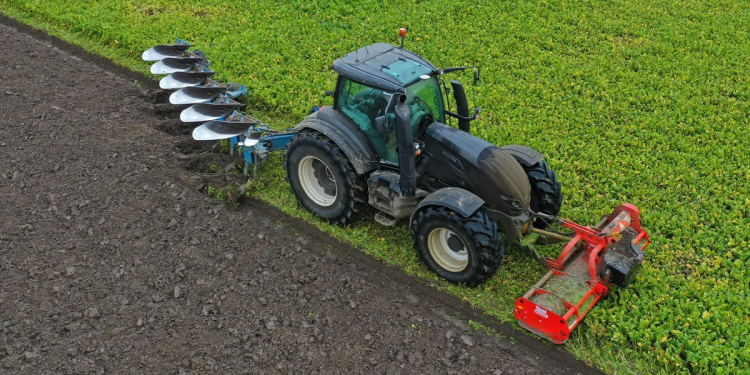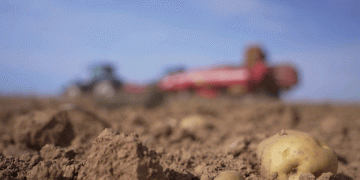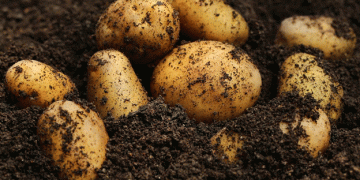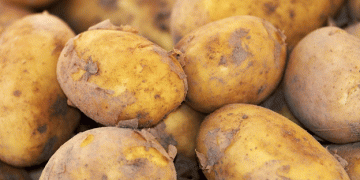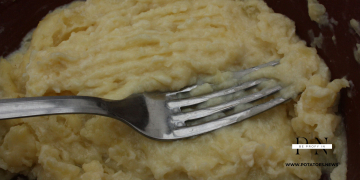“A better understanding of soil health will lead to ways of producing more potatoes”
“It is one of the biggest challenges we have now in the potato industry,” said Chris Voigt, executive director of the Washington State Potato Commission. “We can’t keep up with demand. Our customers have been on rations for the last six years. We have maximized the amount of irrigated ground in the Columbia Basin.”
One of the challenges with growing potatoes is the amount of time it takes to get potato pests and diseases out of the ground. Without fumigation, potatoes can only be grown on the same piece of ground every 12 years. If fumigants are applied, that number decreases to every four years. Even with the fumigants, the state still does not produce enough potatoes.

To help increase the yield, scientists backed by various grants and funding from the USDA, the Washington State Legislature, the Washington State Potato Commission and potato processors are researching how they can improve soil health in potatoes.
“A better understanding of soil health will lead to ways of producing more potatoes,” said Richard Koenig, Washington State University Department of Crop and Soil Sciences chair. “This can be through increasing yields, shortening the rotation time before farmers can go back to potatoes, or both. One of the keys here is understanding how soil management practices can reduce the incidence of disease, which is a major limiting factor for many crops and affects rotation times.”
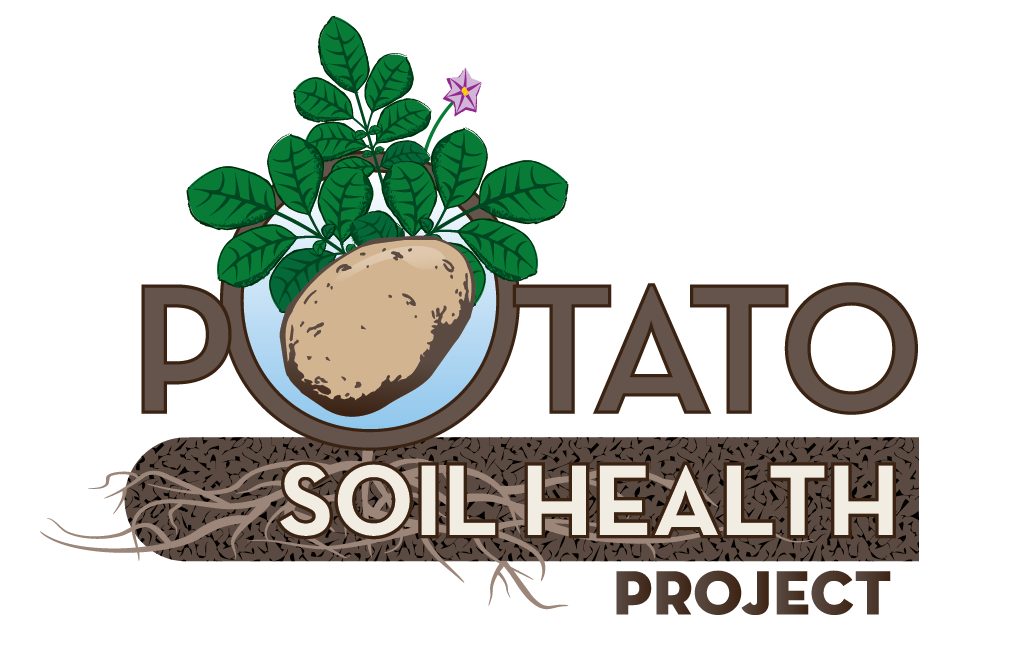
A project was commissioned in summer 2018 to examine all the literature available related to studies that had previously been done on potato soil health.
“We were looking for existing research,” said Karen Hills, research associate for the Center for Sustaining Agriculture and Natural Resources for Washington State University. “What we were trying to do with this document was to establish some priorities in terms of future research needs. We looked at what’s been done and what needs to be done. Honestly, there’s still a lot to be done.”
Last year, the USDA funded a four-year project to research potato soil health.
“My research program is involved in several projects that examine how crop management practices may impact potato health,” said Ken Frost, a plant pathologist with the Hermiston Agriculture Research and Extension Center, a part of Oregon State University. “The largest research project I currently have in this area is funded by the USDA Specialty Crop Research Initiative.”
2019 was the first year that crops were grown for this project.
“I think potatoes are a new frontier,” Frost said. “It is a highly disturbed system. Other cropping systems want to reduce tillage. That’s something we can’t do in potato cropping systems. We have to think about it in a different way than is thought about in other systems.”
Frost is one of about 20 researchers working on the project. The researchers are looking at how cropping rotations influence and affect the soil’s microbium. Frost is doing two-year rotations with potatoes and wheat and three-year rotations with potatoes, corn and wheat.
“Each of these rotations have an incorporation of fall mustard as a bio fumigant plus and application of composted dairy manure,” Frost said. “I am a plant pathologist by training, so much of my work focuses on how different management practices impact potato pathogens, the subsequent disease those pathogens cause, as well as the yield and quality losses that result from those diseases.
In trying to examine the potato cropping system in a more holistic way, we have been quantifying responses of the entire soil microbial community (i.e. all the bacteria and fungi that are present) to crop management practices to learn if there are specific microbes or groups of microbes that are particularly beneficial or detrimental to potato plant health. We think that investigating soil microbial community structure in response to different crop management strategies, including pesticide application, may eventually help farmers manage their soil microbial communities in ways that will enhance crop health and productivity, and reduce impacts due to disease.”
“There’s a lot more going on in that black box than we used to consider,” Hill said. “Some fields are producing better yields than others. It’s not explainable by regular soil tests. There’s something else going on. We can’t point to the usual suspects for that. There’s a lot of things going on in terms of the microbial life of the soil.”
